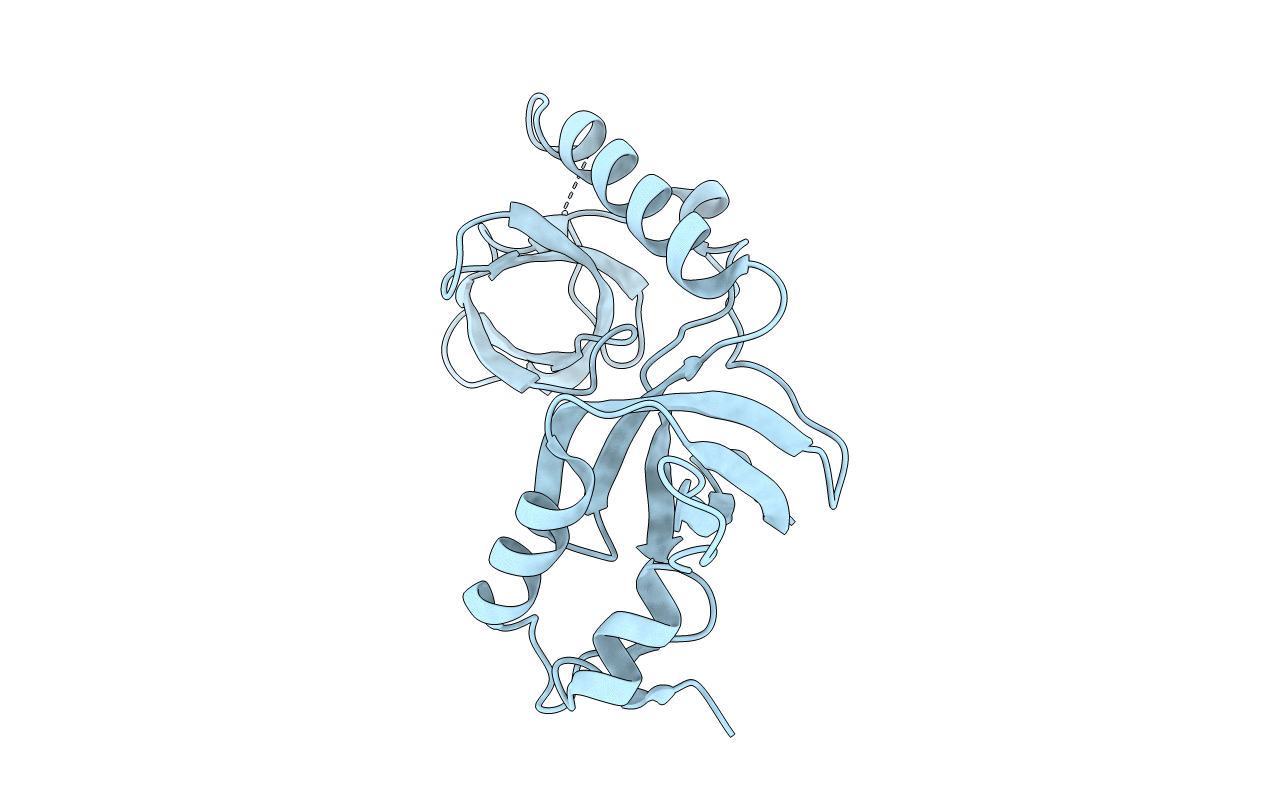
Deposition Date
2012-09-08
Release Date
2012-10-17
Last Version Date
2023-12-20
Method Details:
Experimental Method:
Resolution:
2.80 Å
R-Value Free:
0.24
R-Value Work:
0.22
R-Value Observed:
0.22
Space Group:
P 41 21 2


